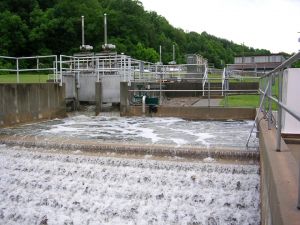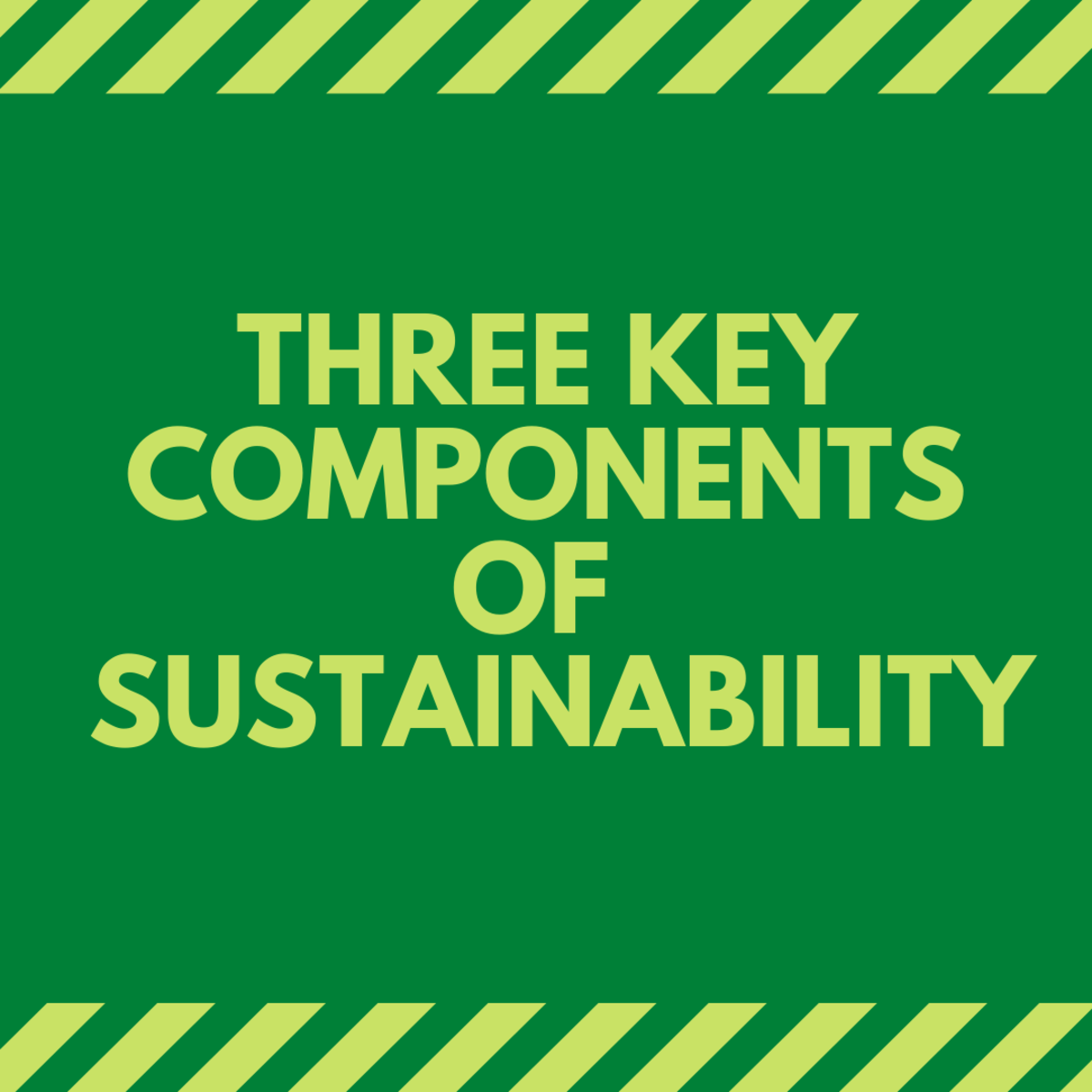Sustainable Business Practices
All global business players need to implement sustainable business practices if we are to reduce the negative impact of the industrial development. Sustainable businesses are not only environment-conscious but also profitable. Environment and profits go hand in hand when it comes to sustainable business.
I have listed some really important yet interesting sustainable business practices that you can use at your work place:
Energy Audits
Whether you are working in an air-conditioned beautiful office or you work at a factory manufacturing automobiles, you can take steps that can reduce energy consumption. The beauty of energy conservation is that it also saves money not just extra CO2. Its a win-win situation. Energy audits can be carried out by walking about in your workplace looking for the energy wasters.
You can note points as simple as 'insulation for split air conditioner pipe missing" to as serious as "leakage in the pressurized air circuit of your plant".
For office building following green or sustainable initiatives can be taken:
- Use windows with tinted glasses so as to reduce solar radiation entering the building and increasing the cooling load.
- Turn off lights while leaving for home.
- Use efficient lighting
- Roofs are one of the biggest sources of conducting heat in to the building. Insulating the roofs or insulating it can drastically reduce the energy consumed by airconditioning system.
- If the paper waste of your office is too much, you can consider reducing the grammage of the paper. Good printing practices can also reduce paper consumption.
For manufacturing facilities following energy conservation principles are applicable:
- As a thumb rule the better the condition of the machines that you operate, lesser the energy they will consume.
- Check whether steam piping is properly insulated.
- Use energy efficient lighting.
- Check for leakages in pressurized air circuit.

- Sourcing and Supply Management
For more about sourcing and supply management click on the link given above.
Green Sourcing
Every manufacturer needs raw materials to manufacture its products. They source these materials either from their domestic market or they have to import it from abroad. Large companies buy hundreds of thousands of metric tons of raw materials. If you just think for a while how these raw materials reach their destination, you will be in a better position to understand how costs are incurred in terms of economy and ecology and how these costs can be reduced.
For any raw material to reach its destination four modes of transportation are used:
- Ships
- Airplanes
- Railroad
- Trucks
Millions of miles of transportation is involved. Keeping in view sustainable business practices sourcing should be done in such a way that reduces carbon foot print to maximum possible extent without affecting shipment schedules. Following practical methods ensure green sourcing of materials:
1. If material is not available in domestic market, it should be sourced from a country which is nearest location-wise. But obviously, this should not be done at the cost of quality of raw materials.
2. Optimize the routes of your fleet in such a way that it travels lesser. Lesser miles traveled translates not only in reduced costs but also the reduced amounts of carbon dioxide emitted in to the atmosphere.
3. Prefer railroad over trucks. This is because trucks are always costly and produce more pollution. On the other hand rail is not the fastest of all the modes of shipments. One has to strike a balance between the two modes to transport the goods in time while minimizing costs and pollution.

Waste Water Treatment
Water pollution results in devastating consequences for the environment, people and the ecology. Industries that are working 24/7 e.g. petrochemical industries produce tons of toxic water which, if released in the natural waterways, can cause great damage.
Treating waste water is amongst the top corporate social responsibilities of the organizations.

Forestation programmes
Large power plants and petrochemical plants are amongst the worst polluters of the world. They release hundreds of thousands of tons of carbon dioxide each year in to the atmosphere. Since these amounts can only be reduced not eliminated completely something else needs to be done. Replenishing the forest cover of already depleted forests and forestation of deserted areas can solve this problem. Sustainable forestation allows manufacturers to use timber while replenishing it at the same time.
This forestation is done in 'compensation' for the carbon dioxide that is being released by the factories.
Recycling and Upcycling
Manufacturers should incorporate such features in their product design that their products can be recycled easily. Recycling is a very good way to reduce the land pollution. It enables to recover the waste in a better way.
A new trend has already begun which is more promising then the recycling. It has been named up-cycling. Instead of processing the waste to make new products, the waste is now being used with little or no processing to make new products. The best example of up-cycling can be Terraform. They are manufacturing bags, gardening pots and many other products from waste with little or no processing. Up-cycling is much more sustainable than recycling.








